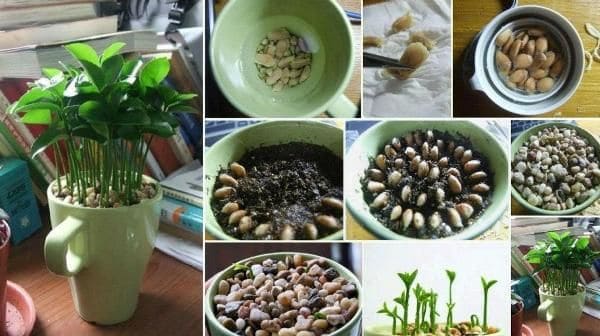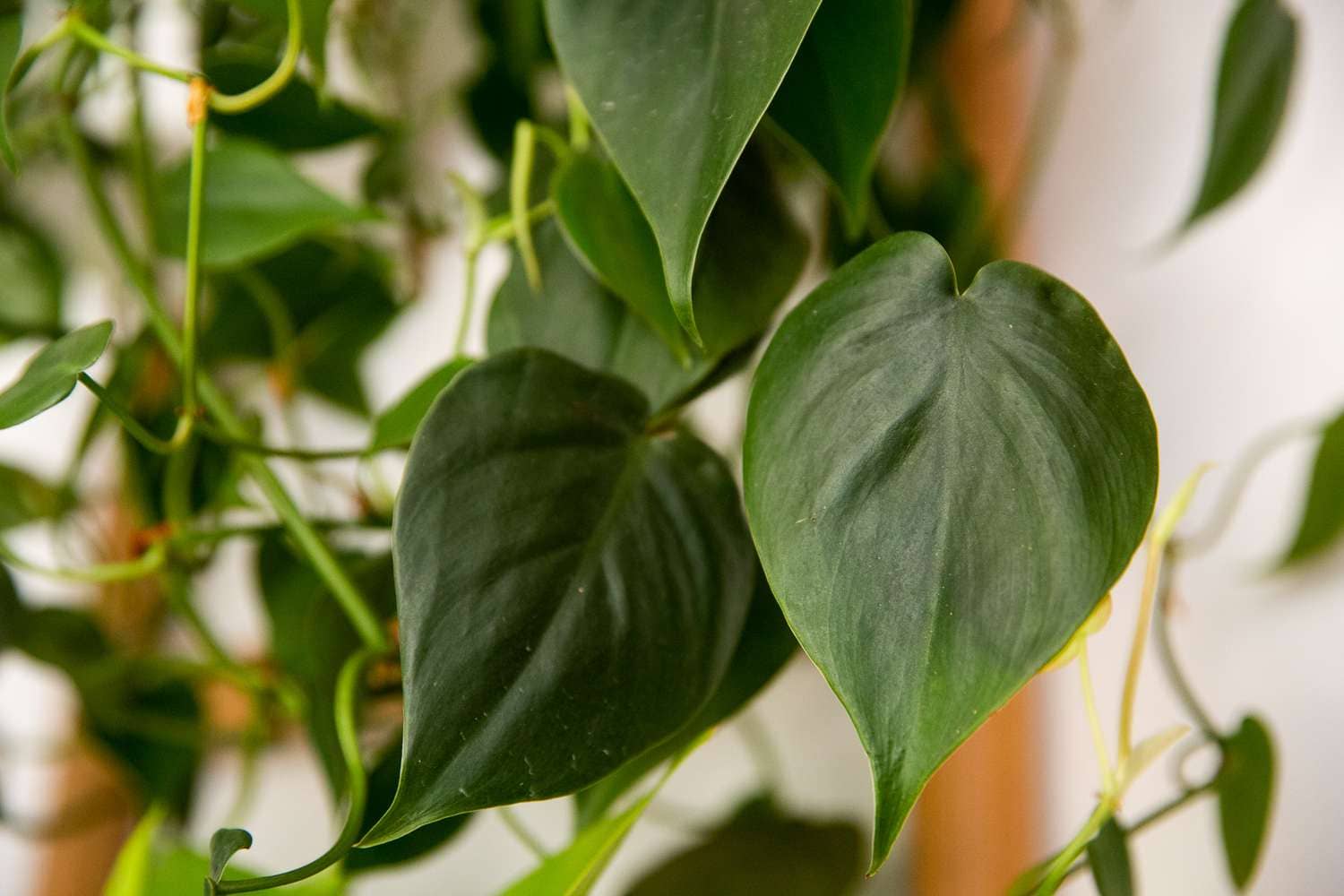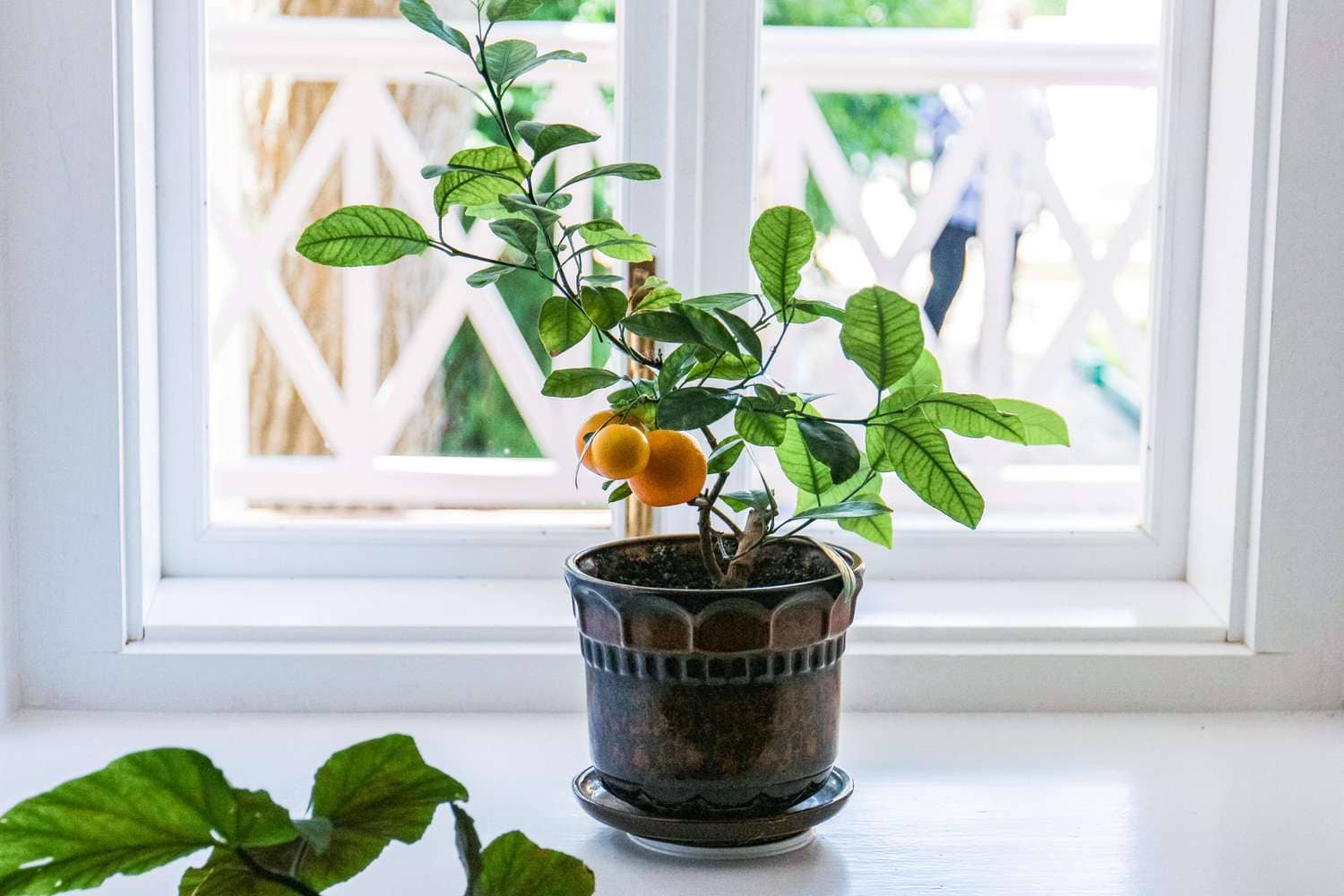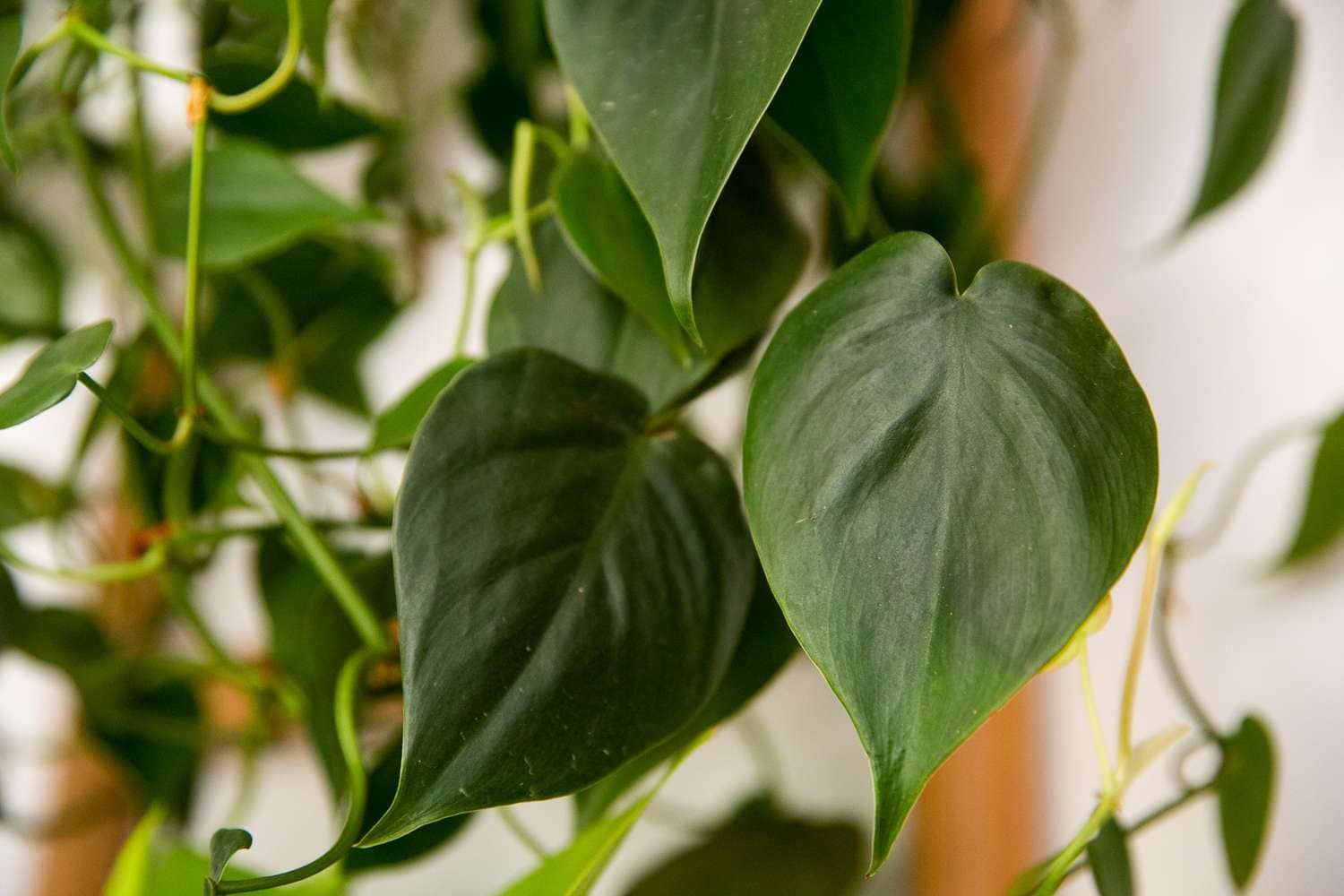Introduction: The Aphelandra Zebra Plant, with its striking foliage reminiscent of a zebra’s stripes, is a captivating addition to any indoor garden. This tropical beauty, native to Brazil, belongs to the Acanthaceae family and is cherished for its vibrant leaves and unique appearance. In this article, we delve into the world of Aphelandra Zebra Plants, exploring their characteristics, ideal growing conditions, care tips, and troubleshooting advice to help you cultivate and maintain these stunning botanical wonders.
Understanding the Aphelandra Zebra Plant: The Aphelandra Zebra Plant, scientifically known as Aphelandra squarrosa, derives its common name from the distinct zebra-like patterns adorning its leaves. These patterns typically consist of bold yellow veins against a backdrop of glossy green foliage, creating a visually striking contrast. In optimal conditions, this plant can grow up to 2 feet tall, producing clusters of tubular flowers in hues of yellow or orange, adding further allure to its aesthetic appeal.
Ideal Growing Conditions: To thrive, Aphelandra Zebra Plants require specific environmental conditions closely resembling their native tropical habitat. Here are key factors to consider:
- Light: Provide bright, indirect light to mimic the dappled sunlight found in its natural environment. Avoid exposing the plant to direct sunlight, as it can scorch the leaves.
- Temperature: Maintain temperatures between 65°F to 75°F (18°C to 24°C) during the day and slightly cooler temperatures at night. Protect the plant from drafts and sudden temperature fluctuations.
- Humidity: These plants prefer high humidity levels. Mist the foliage regularly or place a humidifier nearby to create a humid microclimate.
- Soil: Use well-draining, porous potting soil rich in organic matter to promote healthy root growth.
- Watering: Keep the soil consistently moist but not waterlogged. Water when the top inch of soil feels dry to the touch, and avoid letting the soil dry out completely.
- Fertilization: Feed the plant with a balanced liquid fertilizer diluted to half strength during the growing season (spring and summer) to support vigorous growth.
Care Tips:
- Pruning: Remove any yellowing or damaged leaves promptly to maintain the plant’s vitality and aesthetic appeal.
- Repotting: Repot young Aphelandra Zebra Plants annually in spring to refresh the soil and provide room for growth. Mature plants can be repotted every two to three years.
- Propagation: Propagate Aphelandra Zebra Plants through stem cuttings taken during the growing season. Ensure each cutting has at least two nodes and remove the lower leaves before planting in moist potting mix.
- Pest Control: Monitor the plant for common pests such as aphids, mealybugs, and spider mites. Treat infestations promptly with neem oil or insecticidal soap.
Troubleshooting:
- Yellowing Leaves: Yellow leaves may indicate overwatering, underwatering, or insufficient light. Adjust watering practices and ensure proper light exposure.
- Drooping Leaves: Drooping foliage can signify root rot due to overwatering or underwatering. Check the soil moisture level and adjust watering accordingly.
- Leaf Browning: Brown leaf edges may result from low humidity levels or exposure to dry air. Increase humidity around the plant and mist the foliage regularly.
- Lack of Flowering: Insufficient light or inadequate fertilization may inhibit flowering. Ensure the plant receives proper light exposure and fertilize regularly during the growing season.
Conclusion: With its striking appearance and relatively low maintenance requirements, the Aphelandra Zebra Plant serves as a delightful addition to any indoor plant collection. By providing the right growing conditions and attentive care, you can enjoy the beauty of this tropical gem year-round. Whether adorning a sunny windowsill or brightening a shady corner, the Aphelandra Zebra Plant is sure to captivate plant enthusiasts with its distinctive charm and allure.





